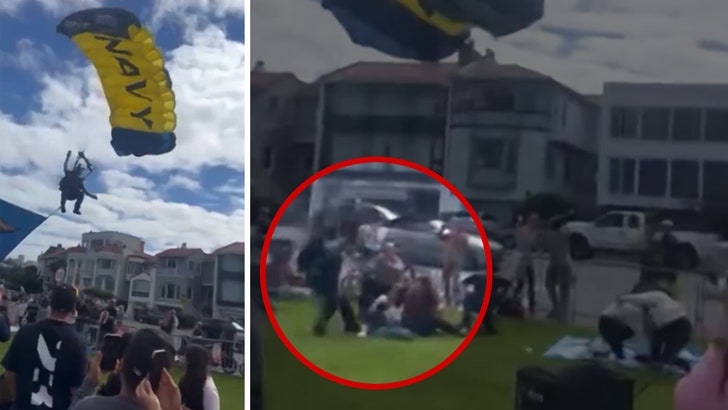I fell in love with the idea of parachuting from a TV series called Ripcord back when I was 13 and wrote to parachute clubs across the US requesting any pamphlets or other information they could offer. I had to wait until I was 16 to jump, and made four static line jumps back in 1966 at a NJ club as soon as I turned 16. It was a real kick, but I didn't have the money to continue.
As for safety, you are much safer jumping all day than you are driving to the club. Statistics at that time some 60 years ago said one death per million jumps, and most of those were from drowning (jumping near water without a flotation device) or jumping without a reserve chute. Dumb! With modern chutes I imagine the safety is even better today. In any case, if both chutes don't open you get your money back!
Yes and no. Depends how one defines safer. People also drive every day and night. If a paratrooper jumped as often as he drove, being a paratrooper without question would provide significantly more casualties. Most paratroopers jump six or less times per year. Jumping is a very time-consuming activity. One does hours of pre jump training prior to the jump and often does intense training (actions on the objective) after landing on the ground. These actions on the objective can take hours, and often in the dark.
It depends what activity is going on as part of the jump. Many of the jumps going out of Ft Bragg are Mass Tac. A mass tactical (Mass Tac) jump in the context of airborne operations refers to a large-scale parachute jump where hundreds of paratroopers descend on a single target area, through six +/- aircraft. These jumps are almost always at night, and full combat load jumps. Tons of equipment is directly connected to the body of the paratrooper, to include full length assault weapons (not counting collapsible but stocks) even stinger missiles tied to some of their bodies. Every Mass Tac jump is expected and likely to have casualties (not fatalities). These jumps are an intense rush of paratroopers exiting both doors of the aircraft at the same time.
It is not uncommon for jumpers to collide immediately after exiting the aircraft, getting tangled up in another jumper's chute, being directly above another parachuter this stealing the air of one of the paratroopers, and the most dangerous event on a military static line jump is landing. A jumper must not know (not anticipate the ground) when he hits the ground and spread the shock of hitting the ground through five parts of his body (called a parachute landing fall). If a paratrooper anticipates the ground, a PLF can't be properly performed often resulting in significant injuries. When a paratrooper exits an aircraft, forward throw/ lateral drift is a calculated event dropping hundreds of paratroopers into a space exactly where they are supposed to land.
If a paratrooper does not drop from the airplane at a certain rate, the pinpointed landing can't be calculated, so paratroopers hit the ground relatively fast. When I mention forward throw, when one exits a high performance (military fixed wing) aircraft, the paratrooper body moves forward from momentum, then begins to drop down. Lateral drift is the calculation of wind speeds to know exactly where the paratrooper is supposed to land. The pilots flight plan/ route is based on the location of the drop zone, amount of paratroopers exiting the aircraft, speed the aircraft will be flying while the paratroopers exit the aircraft, and outside air speed. As wind speed changes, so does the calculations to make things work as planned.
I was the tactical air planner for the air insertion of 82nd ABN airborne insertion into Saddam Hussien International Airport, scheduled to take place in MAR 2023. I choreographed the exact position where every single jumper would land. The jump IIRC was 500 feet, instead of the typical 1200- 1500 +/- feet. At 500 feet, there is no time to use a reserve parachute, the main parachute has to open. The reduced AGL reduction reduces time in the air, and also allows a more pinpointed drop, as lateral drift is reduced. Unlike a recreational jump into a field, a jump into a "improved" airport involved landing on runways, buildings, antennas, and being shot at.


